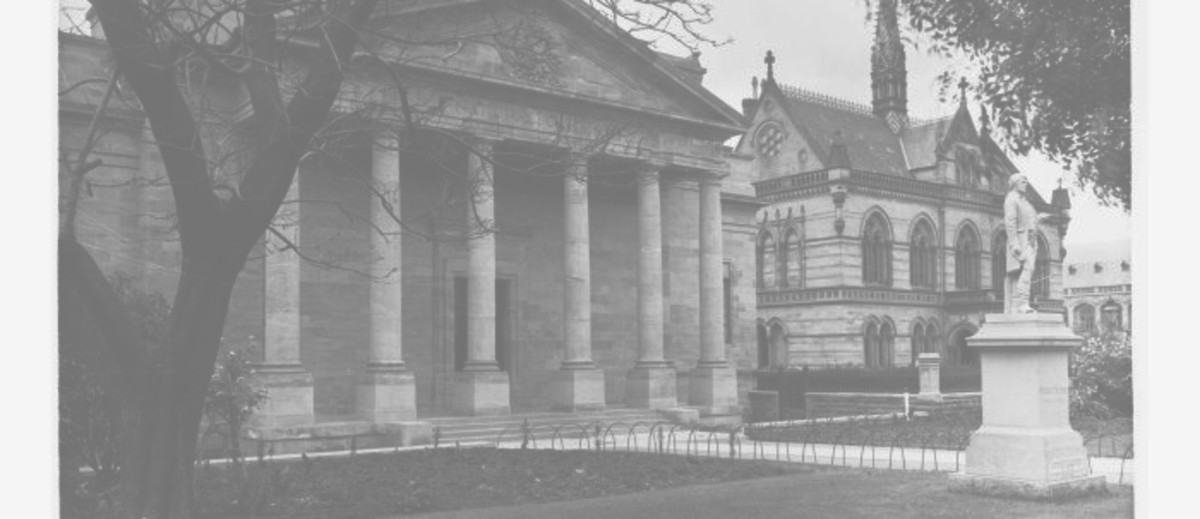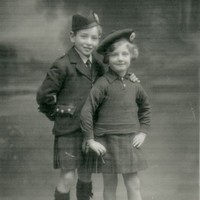Subject
ContributeScottish immigrants played a distinctive part in the Europeanisation of South Australia. Scottish enterprise, religion and institutions were easily identifiable in the colonial period. Scots continued to arrive in South Australia in numbers above the average in the twentieth century but eventually the flow dwindled in line with general immigration trends.
Mid-nineteenth century
In the mid nineteenth century 11.4 per cent of the population was Scottish-born, slightly greater than their representation in New South Wales but less than in Victoria and generally less than the Australian average. There were various special recruitments from Scotland, and the first Immigration Agent in Adelaide was a Glasgow doctor, Handasyde Duncan. Most recruits were from Glasgow, Edinburgh and Aberdeen, and by the 1870s there were direct sailings from Port Glasgow to Port Adelaide. Other sources included Shetland, where in 1851 the Shetland Female Emigration Society helped to select women for South Australia. Another scheme, in the decade before World War I, attempted to recruit Scottish fishermen to South Australia.
Most came from the central lowlands of Scotland and the heavily industrialised towns, together with a substantial proportion of agricultural labourers, whose services were particularly prized. Scots possessed higher than average literacy levels and the majority increasingly came from modernising counties such as Lanark, Renfrew and Midlothian. The Highlands and Islands were also represented, especially in the early 1850s when emigration schemes were promoted to relieve congestion in the Highlands and simultaneously diminish labour shortages in the colony. Some of these immigrants were extremely poor and included refugees from the Highland Clearances as well as from the recent potato famine. Many settled in the South East, particularly Mount Gambier, Naracoorte and Penola, and established distinctive churches. Presbyterianism was a strong marker of the Scots, although some immigrants were Catholics.
Well-known Scots
Scottish immigrants were predominantly labourers and domestic servants. However, a few were prominent in education, banking, business and particularly pastoralism, including Thomas Elder, his fellow countrymen Robert Barr Smith, Walter Watson Hughes and Peter Waite. Elder became an early benefactor of the University of Adelaide which, in common with the University of Sydney, was established along consciously Scottish lines. Among successful pastoralists were men from Ayrshire, Moray, Perthshire, Fife, Dumfriesshire, Glasgow, Lochaber, Orkney and other parts of the Highlands. Notable South Australians of Scottish descent include aviators Ross and Keith Smith, writer and feminist Catherine Helen Spence, academic William Mitchell and educational pioneer Mary MacKillop.
Mid-twentieth century on
The proportion of Scots among South Australia’s immigrants rose in the inter-war years, Scottish women being especially valued as domestic servants. From the 1940s most Scots immigrants were working class or lower middle class and prominent in the industrialisation of South Australia.
At the end of the twentieth century South Australia was, in proportional terms, slightly less Scottish than Australia as a whole. In 1991, of the population of Australia born in the British Isles, 13.3 per cent were from Scotland; in South Australia the comparable figure was 12.2 per cent (which was a much heavier representation than of those who were Irish-born). Most had arrived before 1981 and they were an ageing component of the population. Their occupational characteristics reflected those in the population at large. In 1996, 27.7 per cent of Scottish immigrants were Presbyterians, the single largest faith; 15.4 per cent were Catholics.
More than 80 per cent of Scottish immigrants lived in the Adelaide metropolitan area, with identifiable clusters in Noarlunga, Happy Valley, Salisbury and Tea Tree Gully, in Whyalla on Eyre Peninsula and Mount Gambier in the South East. Scots had been drawn to work in the major manufacturing sectors of the post-war economy. In 1996 there were 16,717 Scottish-born in South Australia, 11.4 per cent of the national total. South Australian connections with Scotland are symbolised in the statue of Robert Burns on North Terrace, Adelaide, donated in 1894 by the Caledonian Society of South Australia (founded 1881), a body which has continued to sustain these connections.
Media
Add mediaWell-known Scots
Images

Image courtesy of the State Library of South Australia SLSA: B6153, Public Domain

Image courtesy of the State Library of South Australia, SLSA: B 7749, Public Domain

Image courtesy of the State Library of South Australia, SLSA: B 26275, Public Domain

Courtesy of the State Library of South Australia, SLSA: B 36575, Public domain






Comments
CommentAdd new comment
You might find these guides helpful Jennifer:
https://guides.slsa.sa.gov.au/familyhistorygettingstarted
http://www.scotasa.com.au/scottish-family-history-and-genealogy.html
Best of luck with your research.
I am looking for information about the McCorkindale (?) family who were neighbours of my grandfather in the Penola/Kalangadoo area during the 1940s. They were (I recall) two sisters and a brother (none married). The spoke with strong Scottish accents, so must have been born in Scotland.
They were significant in my early childhood and I would like to know where they and when they died and where they are buried.